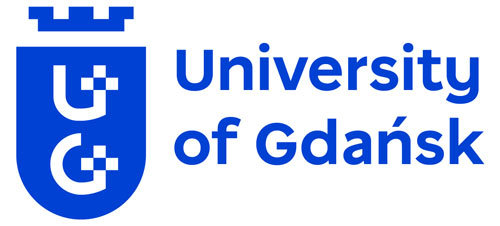The annual Impact conference, based in Cracow, Poland, is a place you go to keep your finger on the pulse of the business-science-technology synapse. Having had the pleasure to participate in Impact’19, I could observe both the world-wide and local trends in the ecosystem of bioscience and healthcare.
A surprising thing to hear was senior managers of pharmaceutical and insurance companies talk about positive lifestyle changes, holistic approach to health and the roots of disease stemming from lifestyle, overuse of sugar, and… drugs. The ecosystem seems to be moving on from “detect-fix sickcare” to “predict-prevent healthcare” and the next big thing will be technology designed to put the patient in the centre, getting him/her more engaged and aware of the health consequences of their choices.
Both investors and company representatives praised polish scientists, engineers, analytical and data science capabilities, as well as some national funding available. The local challenges they mentioned were beaurocracy around science, a lack of senior personnel experienced in bio-business and the need for more technology transfer offices, proactively seeking promising ideas in academia and supporting the commercialization process. It was highlighted, that to attract new venture capital and to keep the funding and big pharma presence that we enjoy currently, national policies must promptly change, especially those slowing down research or the adoption, refundation and effecive use of nover therapies, such as in the case of Multiple Sclerosis antibody-based treatment.
The Next Health Investment Pitch was a great opportunity to observe a number of promising biomedical startups. The winner, AISENS company, who manufacture innovative movement tracker devices for the purpose of physiotherapy and sport excellence, demonstrated how strategic partnerships, validated and market-tested products, bring success, while no scientifically brilliant project can afford a lack of IP protection, unique selling point or clear business model. This sentiment was repeated on both open and closed meetings by senior pharma and national agencies managers who insisted that in applied science, projects exhibiting a realistic path to market and commercial viability in the polish environment should be prioritised – especially if we’re aiming at building polish biotech industry.
I was happy to notice the word “biotech” being repeated throughout all the event, by representatives of companies, funding bodies and government alike. Especially promising is the focus on building academia-industry consortia and willingness to fund such projects. After two decades of waiting for a polish biotech boom, it may just start.
 Mikołaj Kocikowski
Mikołaj Kocikowski


